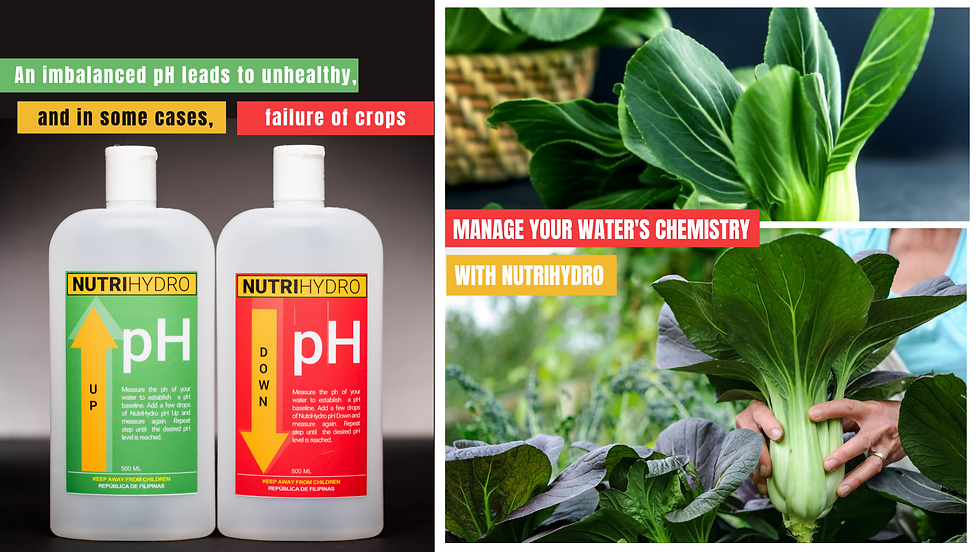
You can hardly wait to get started with your hydroponic system. You’ve researched light, spacing, and nutrient requirements for your plants. Don’t forget one of the most important factors in hydroponics: pH levels.
If the pH level is too high or too low, plants cannot absorb nutrients and will not thrive in otherwise ideal conditions.
If you’re growing plants hydroponically, the pH of the growing medium around your plants is important for ideal growth.
When new growers first start a hydroponic system, they often hear terms that sound confusing. One of the hardest to fathom is the pH, while you may not fully understand it in the beginning, it is something, which in theory can be learned quickly.
In summary, to keep pH stable, it can take a few steps and a little effort from the grower. These are the key areas you need to understand.
Delivering the right supply of water
Performing water treatment methods in response to the tested levels
Understanding how the addition of nutrients can affect pH.
Understanding what pH levels your given plants require
When you begin to understand what pH levels are, you quickly learn that they will never remain stable on their own accord. There are too many variables, and many external influences that will change the pH level.
It does take effort to monitor and alter the pH of your system; however, this isn’t hard once you understand the core principles.
Read on to learn the role of pH in hydroponic systems and how to properly monitor and maintain its levels.
Benefits of Measuring and Maintaining pH Levels
Each plant needs certain growing conditions to thrive. It’s worth the time and effort to monitor and adjust pH levels in hydroponic systems.
If you know the optimal pH ranges for your plants, you can take the necessary steps to keep your hydroponically-grown plants healthy.
The Ideal pH Levels
The pH of your growing medium can be acidic, basic or alkaline, or neutral; generally, plants thrive with a pH of about 5.5 to 6.5. Below that, plants are acidic, and above that, they’re basic or alkaline.
The right pH level is crucial because it affects nutrient availability for your growing plants. A pH level that is too high for example, can prevent micro-nutrient uptake and lead to deficiencies.
If you’ve discovered that the pH of your growing medium is out of whack, you can use a number of different ways to fix the problem.
The Basic Way to do It
Household items such as white vinegar or citric acid can be used to lower PH while baking soda can be used to raise it. The problem with using these household ingredients is that it’s only a short-term fix.
This is because these household items do not contain the PH buffer that commercial items such as NutriHydro PH adjuster do.

NutriHydro pH adjuster effectively balances the pH level in the nutrient solution. A superior and safer to use blend.
How to use a pH Adjuster:
First thing is find out what the current level of pH your nutrient solution is to establish a pH baseline.
When you’re using an electric PH meter, make sure it’s calibrated to get an accurate reading.
If the PH level of your final solution is high, add a few drops of pH up and measure again. If it’s low, use pH down until the desired pH level is achieved.
NutriHydro pH adjuster in available in Lazada
Sponsored content: The “Greenery Hydroponics and Smart Home Supplies” is an official distributor of NutriHydro products.
In Conclusion
Measuring PH is something you need to become really good at as a Hydroponic farmer. To maximize your garden’s potential, measure the pH regularly.

























Comments